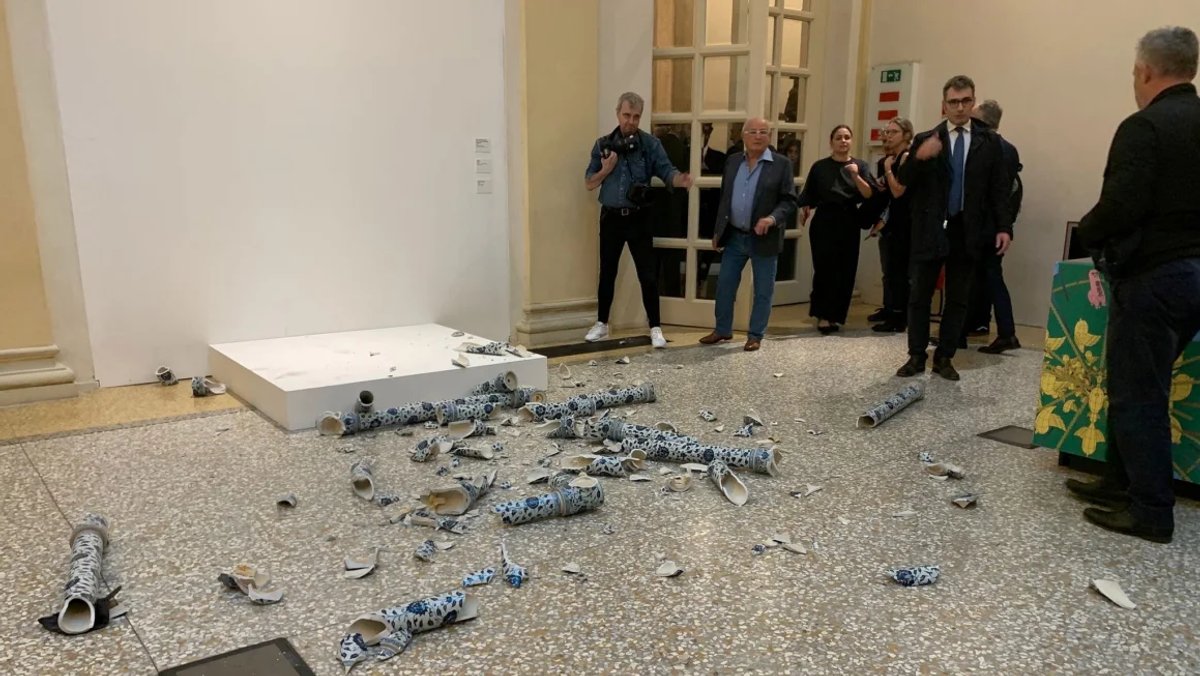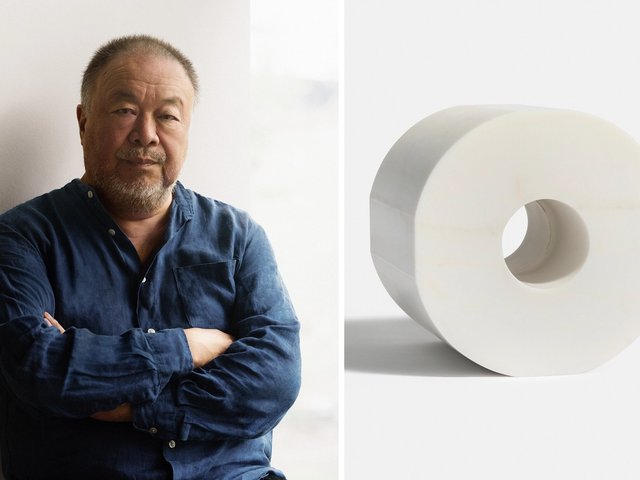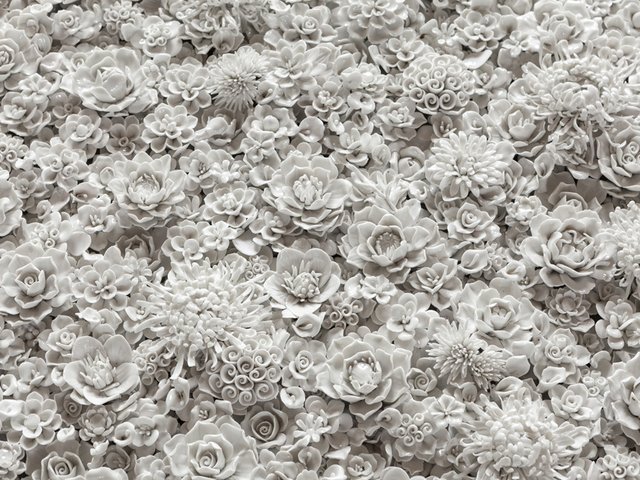Ai Weiwei has responded after his sculpture, Porcelain Cube, was destroyed during an exhibition opening at the Palazzo Fava in Bologna on 20 September, saying he was "shocked' by the incident.
CCTV footage, posted on Weiwei’s Instagram account, shows a man pushing the work over and then holding a piece over his head. According to CNN, the police in Bologna have arrested a 57-year-old Czech man after he was stopped by the museum’s security.
“Regardless of the motives, I believe that destroying an artwork on display is unacceptable,” Ai Weiwei says. “Such acts not only undermine the museum’s role as a public space but also pose potential physical threats, beyond merely damaging the meaning an artwork carries.”
The artist was in an adjacent room when the event occurred. “I heard a loud, sharp noise—unusual, almost like an explosion, with a brittle quality. At that moment, I didn’t suspect it was an artwork being destroyed; it sounded more like a terrorist attack,” he recalls.
“I rushed inside to find chaos. Looking through the glass, I saw that the Porcelain Cube—crafted from blue-and-white qinghua porcelain—lay shattered on the floor, with security guards having subdued the person responsible."
The artist stresses that he does not feel security were at fault for the incident, or that they could have fully prevented it. "In today’s world, if someone is determined to destroy something, security measures are often insufficient," he says.
"In the CCTV footage, it’s clear that someone immediately tried to intervene, but it was too late. Filling museums with security guards isn't a practical or desirable solution either.
“This act raises larger questions about the trust we place in art and the way it is shared. Such destruction is a reflection of the growing divisiveness, irrationality, and violence in society."
Arturo Galansino, the exhibition’s curator and the director general of Fondazione Palazzo Strozzi in Florence, told Reuters: “Unfortunately, I know the author of this inconsiderate gesture from a series of disturbing and damaging episodes over the years involving various exhibitions and institutions in Florence.”
He told The Art Newspaper: "The act of vandalism against Ai Weiwei's work Porcelain Cube is even more shocking when we consider that several of the works on display explore the theme of destruction itself, such as the triptych Dropping a Han Dynasty Urn (1995)—in which the artist is depicted destroying an ancient vase, referring to the deliberate destruction of the past in recent Chinese history—or the installation Left/Right Studio Material (2023) in which broken porcelain is displayed and destroyed during a demolition in retaliation against the artist-activist by the Chinese government."
The Bologna exhibition is “inspired by a conversation between the artist and artificial intelligence; [it] presents the artist and his creative universe in a constant tension between tradition and experimentation, preservation and destruction”, says a museum statement. The work was covered and taken away, says a museum spokesperson who adds: "It will be replaced with a life-size print of the work."
The destroyed work joins a long list of art vandalised over the centuries. Diego Velázquez's The Toilet of Venus, widely known as 'The Rokeby Venus', was famously attacked at the National Gallery in London by the suffragette Mary Richardson on 10 March 1914, leaving the painting severely damaged.
In recent years, masterpieces worldwide have also been targeted by environmental activists, such as the Mona Lisa at the Louvre, which was splattered with soup earlier this year.






